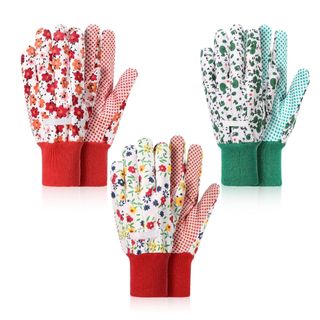Experts reveal when to cut back shrubs - and the risks involved in choosing the wrong time
Timing is everything
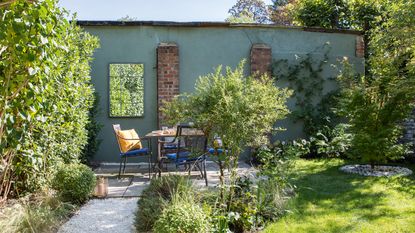

Knowing when to cut back shrubs is essential for a thriving, full garden. After all, shrubs can provide the ground cover you need to fill your outdoor space with luscious foliage and flowers. But they do require some TLC.
Yes, maintenance is key to a successful garden idea, and almost all of the plants in your garden will need cutting back at some point - including your shrubs. However, there’s a difference between pruning and cutting back, and you need to cut shrubs back at the perfect time to improve the size, shape, and health of your plants. If not, you risk serious damage.
But as Morris Hankinson, Managing Director of Hopes Grove Nurseries explains, ‘The best time to cut shrubs depends on the plant you have and the reasons for pruning, such as growth and maintenance.’ So, this is how to determine when to cut back shrubs in your garden.
When to cut back evergreen shrubs
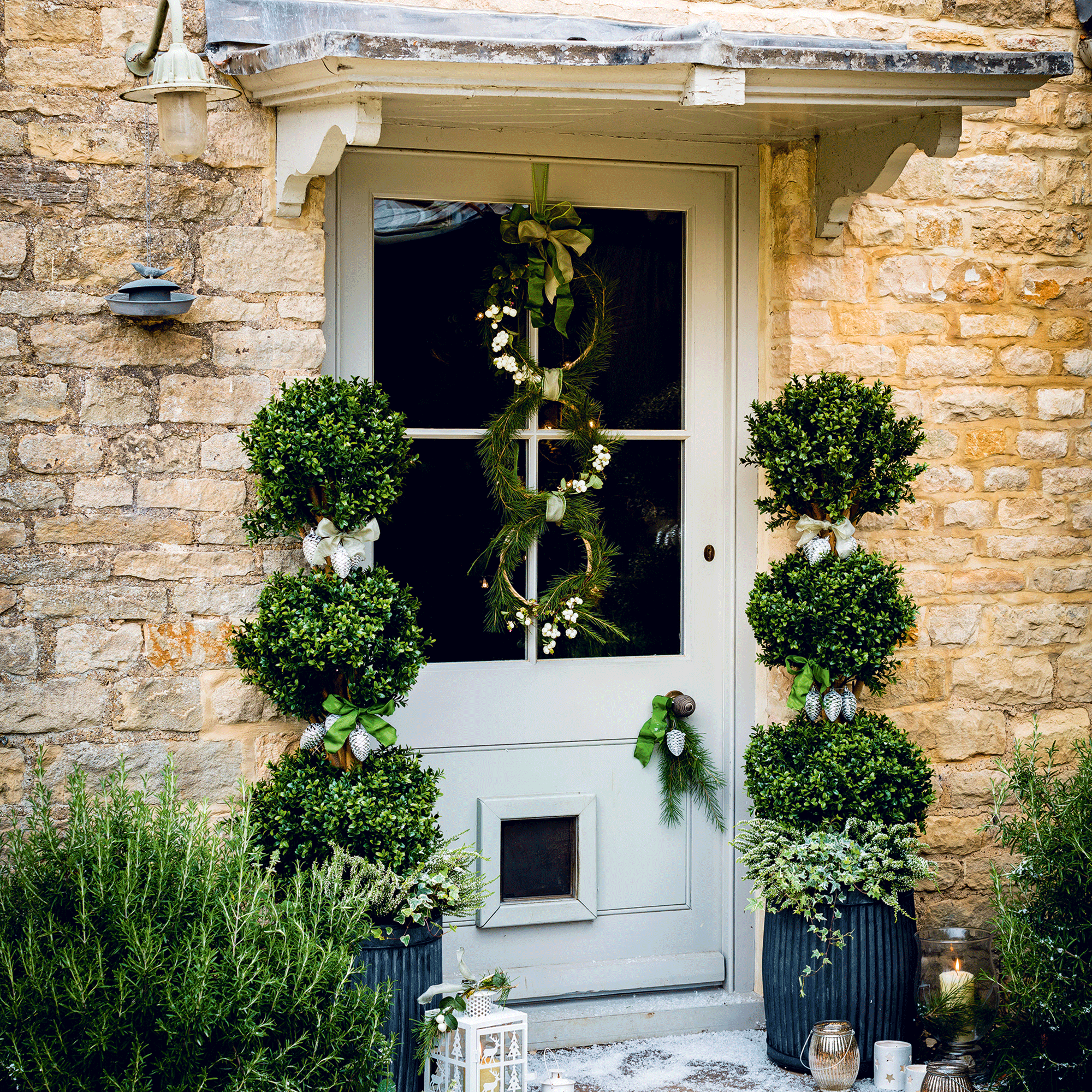
If you’ve filled your garden borders with the likes of holly, yew, or boxwood, you’ll know the advantages of having evergreen shrubs in your garden. Perfect for all-year-round colour and luscious foliage, they’ll keep their green colour throughout the year, even when other shrubs have lost their leaves and flowers.
However, they still need to be cut back once a year to control their shape, overall health, and their density - and there’s a very specific time to cut back evergreen shrubs. Morris suggests doing this in early spring, just before the growing season.
He explains, ‘This needs to be done before the growing season and after winter frosts have passed so that the delicate new shoots aren’t subjected to frosts. If this is left too late, the shrubs won’t have time to heal from pruning before the warmer months of the growing season when some will also flower. If you miss that time, it is better to wait until after flowering.’
But if you feel like your evergreen shrub is getting out of hand and growing too fast during the growing season, you can still prune it during this time. It just needs to be a very light prune to avoid damaging the shrub in the process.
Get the Ideal Home Newsletter
Sign up to our newsletter for style and decor inspiration, house makeovers, project advice and more.
When to cut back deciduous shrubs
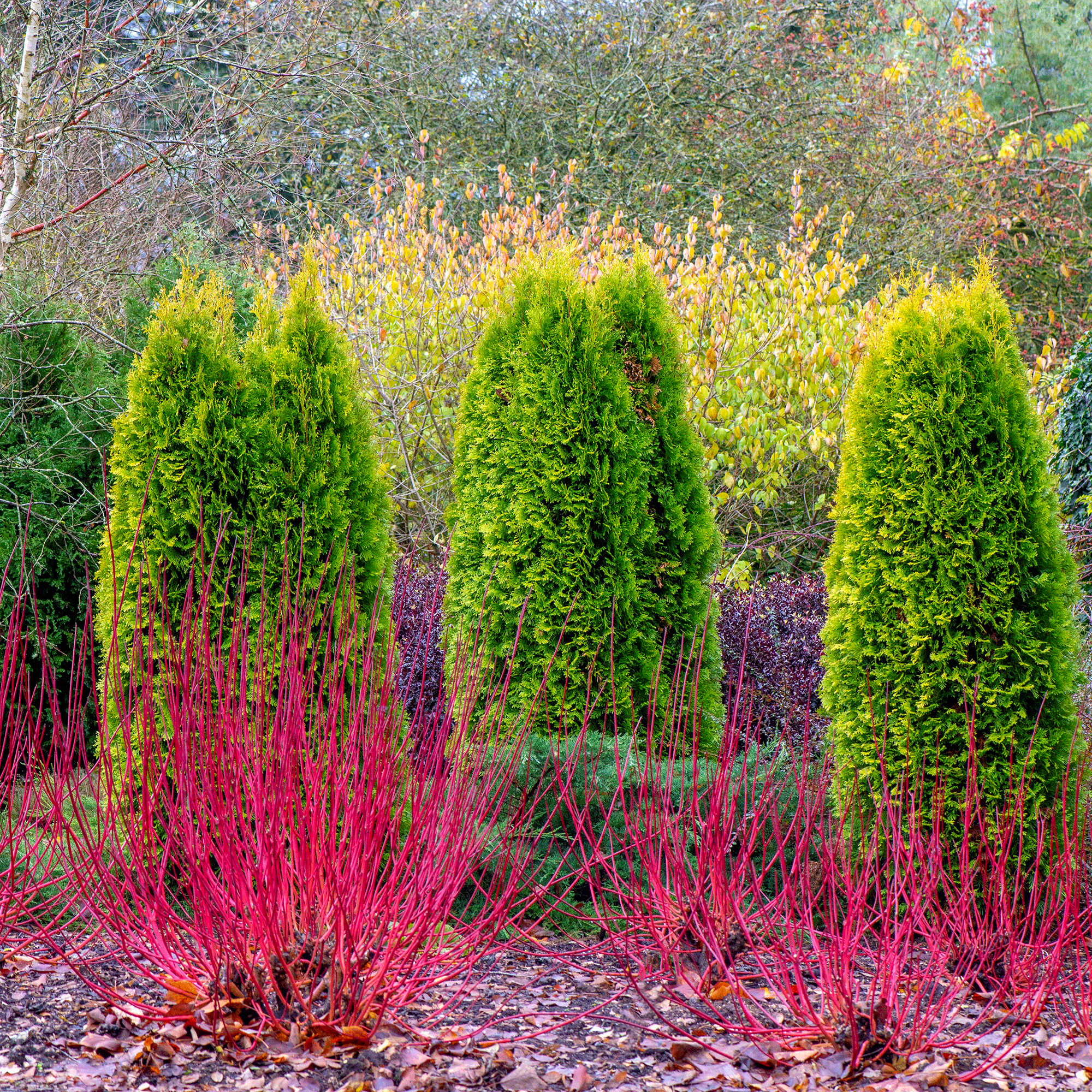
‘Deciduous shrubs are ones that lose their leaves each year, usually towards the end of the summer season and at the start of Autumn,’ explains Calum Maddock, gardening expert at HomeHow.co.uk. ‘This allows them to keep the food reserves in their roots during the winter, meaning they can survive the cold winter.’
Because of this, cutting them back at the wrong time could ultimately affect their growth the next year. That’s why you should always aim to cut back deciduous shrubs in late winter or early spring - before any new growth starts to emerge.
In fact, Monty Don’s pruning tips suggest this is a job you should complete before the end of March each year, especially if you have popular deciduous shrubs such as Cornus, willow or Sambucus in your garden.
When to cut back spring-flowering shrubs
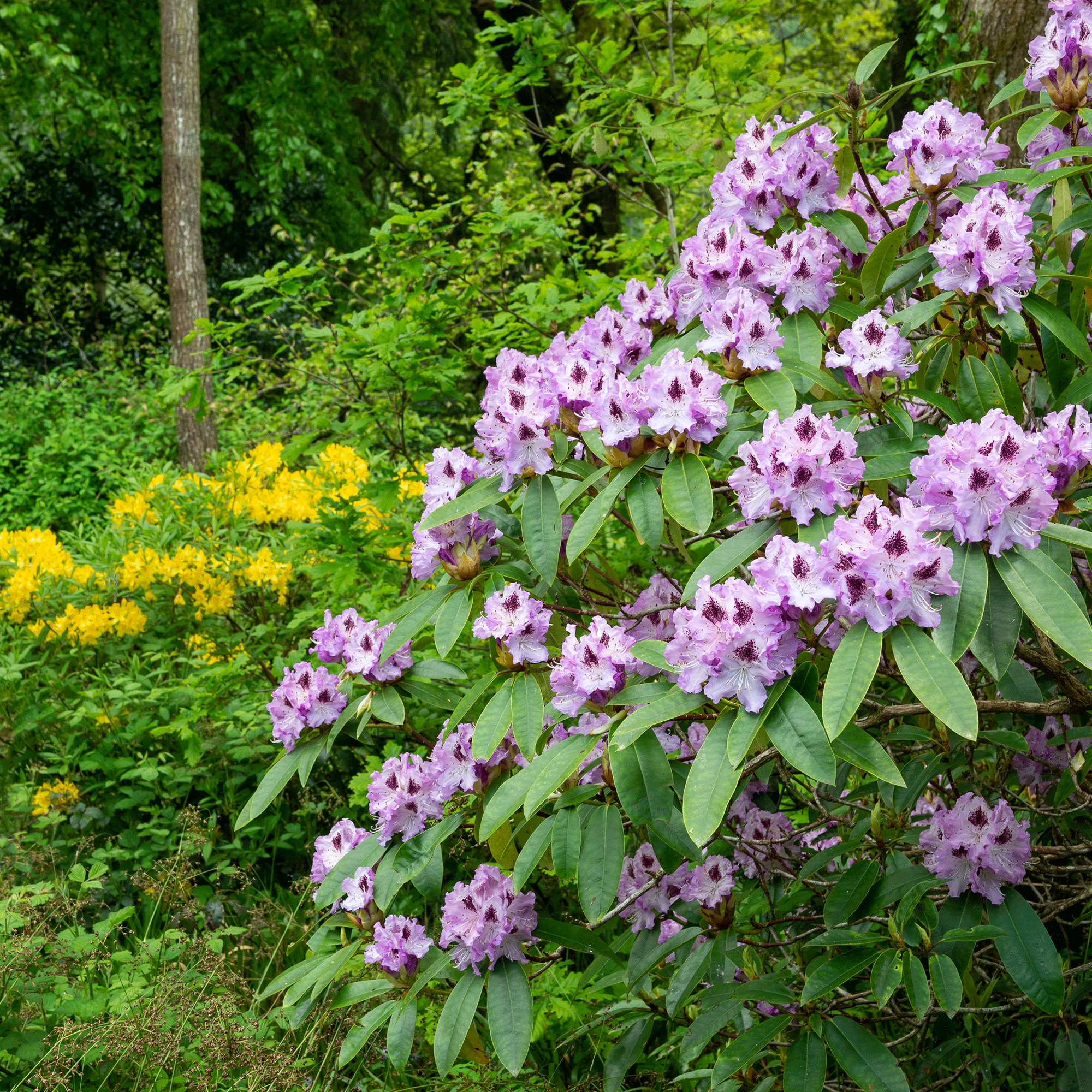
Spring-flowering shrubs are a welcome sign that spring has sprung and that the weather is getting warmer, and there’s no doubt that plants such as azalea, forsythia, rhododendron and lilac can add beautiful blooms and fragrant smells to your garden. Many of them also top the charts as some of the best shrubs for pots, too.
But while we know when to prune rhododendrons, do the rules change with other spring-flowering shrubs? Thankfully, they stay the same.
Steve Chilton, garden expert at LeisureBench, ‘These shrubs bloom on old wood, meaning the flower buds develop in the previous year. Pruning them immediately after they finish blooming, typically in late spring or early summer. This allows for new growth and bud development throughout the summer.'
When to cut back summer-flowering shrubs

Although spring-flowering shrubs bloom on old wood, the same can’t be said for the summer-flowering plants that brighten up your garden during the height of the summer. Instead, summer dwellers such as hydrangeas, potentilla, and butterfly bush grow on new wood. This means the best time to prune buddleia and other summer-flowering shrubs in early spring.
‘This means that they develop flowers on the current season’s growth,’ says Steve. ‘To encourage robust flowering, I recommend pruning them in early spring before new growth begins.’
In most cases, you’ll almost always benefit from deadheading your summer-flowering shrubs when you see that the blooms have stopped blooming. For example, it’s a great idea to deadhead hydrangeas when the flowers have faded and before you prune your hydrangeas.
How to cut back shrubs
How you cut back shrubs depends on the type of shrubs you have in your garden. But there are some general rules and guidance that apply to all of them, and we’ve outlined them all below.
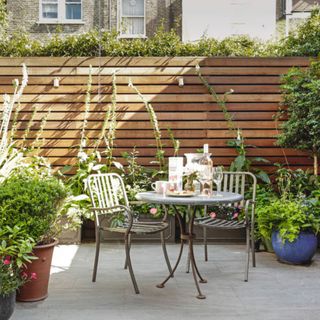
What you’ll need
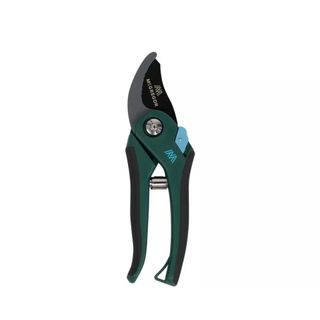
These pruners are perfect for cutting back shrubs and will cut right through any stems that are particularly woody.
Step-by-step
1. Choose the right time for your shrub
If you’re considering cutting back shrubs, it’s of paramount importance that you choose the right time to do so. Pruning shrubs at the wrong time can be detrimental to the health and the future growth of a plant, and you could even kill your shrub in the process. To reiterate, this is when you should cut back the different types of shrubs:
Evergreen shrubs: Early spring.
Deciduous shrubs: Late winter or early spring.
Spring-flowering shrubs: Late spring or early summer.
Summer-flowering shrubs: Early spring.
It’s also vital that you understand when not to cut back shrubs. Morris says, ‘The most important time to avoid pruning is when birds are nesting. Birds nest from spring through summer and nests should not be disturbed. Other times to avoid pruning are the wrong times for the plant! Keep the labels for your shrubs so you know which you have and can then prune at the correct time of year.’
2. Cut dead or damaged branches
When you’ve decided on the right time to cut back your shrub, you can then get started. To do this, you’ll need to use sharp, clean pruning shears. But where do you start?
If you’re unsure about pruning a shrub, it’s always best to focus on the needs of a plant. This means that you need to cut back any dead, diseased or damaged branches to ensure that your plant uses its energy on the healthy branches that really need it.
When cutting off these branches, Steve suggests, ‘cut above a healthy bud or at a branch junction, starting at the base.’ It’s also a good idea to cut back any branches that are crossing over each other, too.
3. Reduce the size
Of course, you can stop there if you like. Cutting off these dead and damaged branches will be enough to ensure your plant is healthy for next year’s growth, but they will tolerate even more pruning if you want to reduce the size of your shrubs.
‘To do this, remove branches by cutting them back to the desired length. Make sure that you still cut above a healthy bud or junction, but this time, make sure that it is cut at an angle of around 45 degrees, away from the bud, so that outward growth is encouraged,’ explains Steve.
Then, you can prune any leaves to change the shape of your shrub, too. Just be careful you don’t prune too hard.
FAQs
How much of a bush can you cut back?
When cutting back shrubs, you should always stick to the ⅓ rule. This means that you never cut back more than ⅓ of the plant at a time, and allows you to reduce the size of the bush without exposing it to any danger or disease.
You can then do the same again the next year if you’re still not happy with the size. But you should never cut back more than that during your pruning process.
How to cut back overgrown shrubs?
When pruning overgrown shrubs, you first need to consider the health of the plant. The last thing you want is for your shrubs to give too much unnecessary energy to dead, damaged, or diseased branches. So, you need to make sure that you cut these first.
When you’ve done that, you need to consider the age of your shrubs. Morris says, ‘Pruning for growth is known as formative pruning, and is usually undertaken in the first couple of years after planting new shrubs in early spring. Maintenance pruning is generally annual to keep shrubs in shape and to the size required.’
So, figure out how much you want to cut back and what you want from your shrubs and go from there.
Well, there you have it. Happy snipping!

Lauren Bradbury is a freelance writer and major homes enthusiast. She graduated with a Bachelor’s degree in English and Creative Writing from the University of Chichester in 2016, before dipping her toe into the world of content writing. After years of agency work, writing everything from real-life stories to holiday round-ups, she decided to take the plunge and become a full-time freelancer in the online magazine world. Since then, she has become a regular contributor for Real Homes and Ideal Home, and become even more obsessed with everything interior and garden related. As a result, she’s in the process of transforming her old Victorian terraced house into an eclectic and modern home that hits visitors with personality as soon as they walk through the door.
-
 Melissa Hemsley shares her home truths about her Sunday Cook Off and must-have kitchen products
Melissa Hemsley shares her home truths about her Sunday Cook Off and must-have kitchen productsChef and cookery writer Melissa Hemsley gets up close and personal with her home truths
By Ginevra Benedetti
-
 How many cushions should you have on your sofa? Experts share the golden rule of getting it just right
How many cushions should you have on your sofa? Experts share the golden rule of getting it just rightYou’ll never have too many or not enough sofa cushions ever again
By Sara Hesikova
-
 5 houseplants that can replace a Christmas tree – with styling tips from indoor plant experts
5 houseplants that can replace a Christmas tree – with styling tips from indoor plant expertsYou can decorate these houseplants like a Christmas tree
By Sophie King
-
 5 houseplants that can replace a Christmas tree – with styling tips from indoor plant experts
5 houseplants that can replace a Christmas tree – with styling tips from indoor plant expertsYou can decorate these houseplants like a Christmas tree
By Sophie King
-
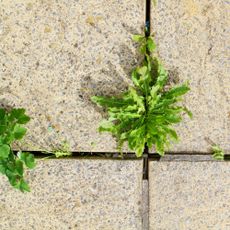 Can you kill weeds in autumn? Experts reveal that completing this task now could keep your garden weed-free next year
Can you kill weeds in autumn? Experts reveal that completing this task now could keep your garden weed-free next yearGet a head start to keep next year’s garden weed-free
By Lauren Bradbury
-
 Why is my cyclamen drooping? 5 reasons this happens - and how to perk it up in time for Christmas, according to experts
Why is my cyclamen drooping? 5 reasons this happens - and how to perk it up in time for Christmas, according to expertsDon’t worry; there’s plenty you can do to perk your cyclamen back up
By Lauren Bradbury
-
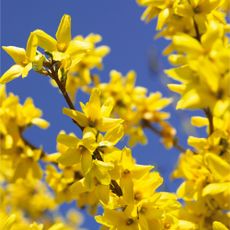 How to prune forsythia – the all-important task to tackle to guarantee spring flowering
How to prune forsythia – the all-important task to tackle to guarantee spring floweringIt's the key to vibrant blooms
By Sophie King
-
 Can you put battery-operated lights outside in winter? The dos and don’ts to follow if you want to successfully brighten up your garden
Can you put battery-operated lights outside in winter? The dos and don’ts to follow if you want to successfully brighten up your gardenBattery-operated outdoor lights can really shine in winter… within reason
By Lauren Bradbury
-
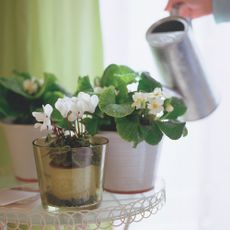 Best Christmas houseplants – 5 plants that bloom over the festive period for cheerful indoor displays
Best Christmas houseplants – 5 plants that bloom over the festive period for cheerful indoor displaysLooking for plants that flower over Christmas? Right this way...
By Sophie King
-
 How to plant amaryllis bulbs in pots for guaranteed winter blooms, according to experts
How to plant amaryllis bulbs in pots for guaranteed winter blooms, according to expertsEverything you need to grow this festive favourite
By Lauren Bradbury
-
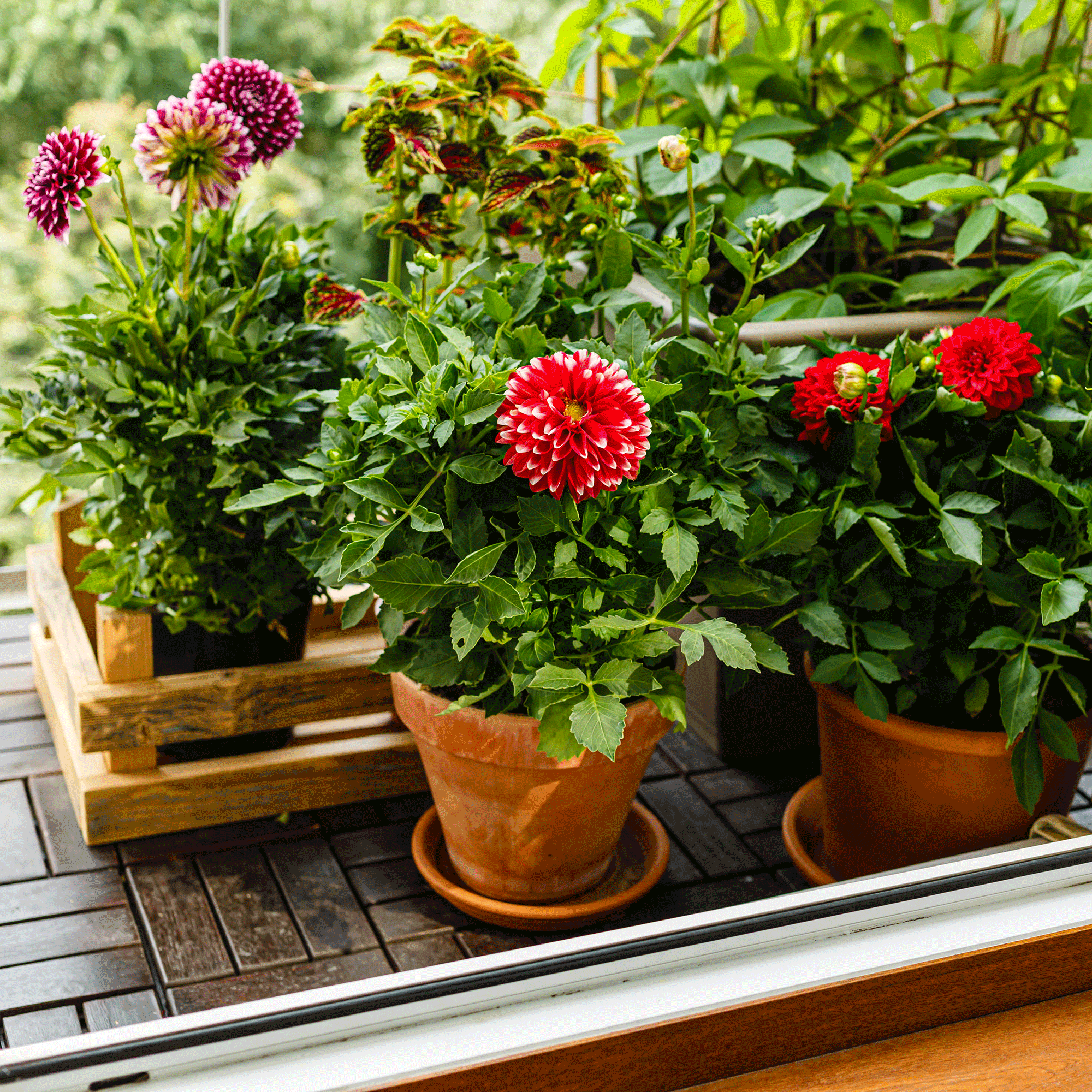 Can you leave dahlias in pots over winter? You can, but only if you follow these 4 expert-approved tips
Can you leave dahlias in pots over winter? You can, but only if you follow these 4 expert-approved tipsDahlias aren’t as high maintenance as they look, but they still need protection over winter
By Lauren Bradbury

